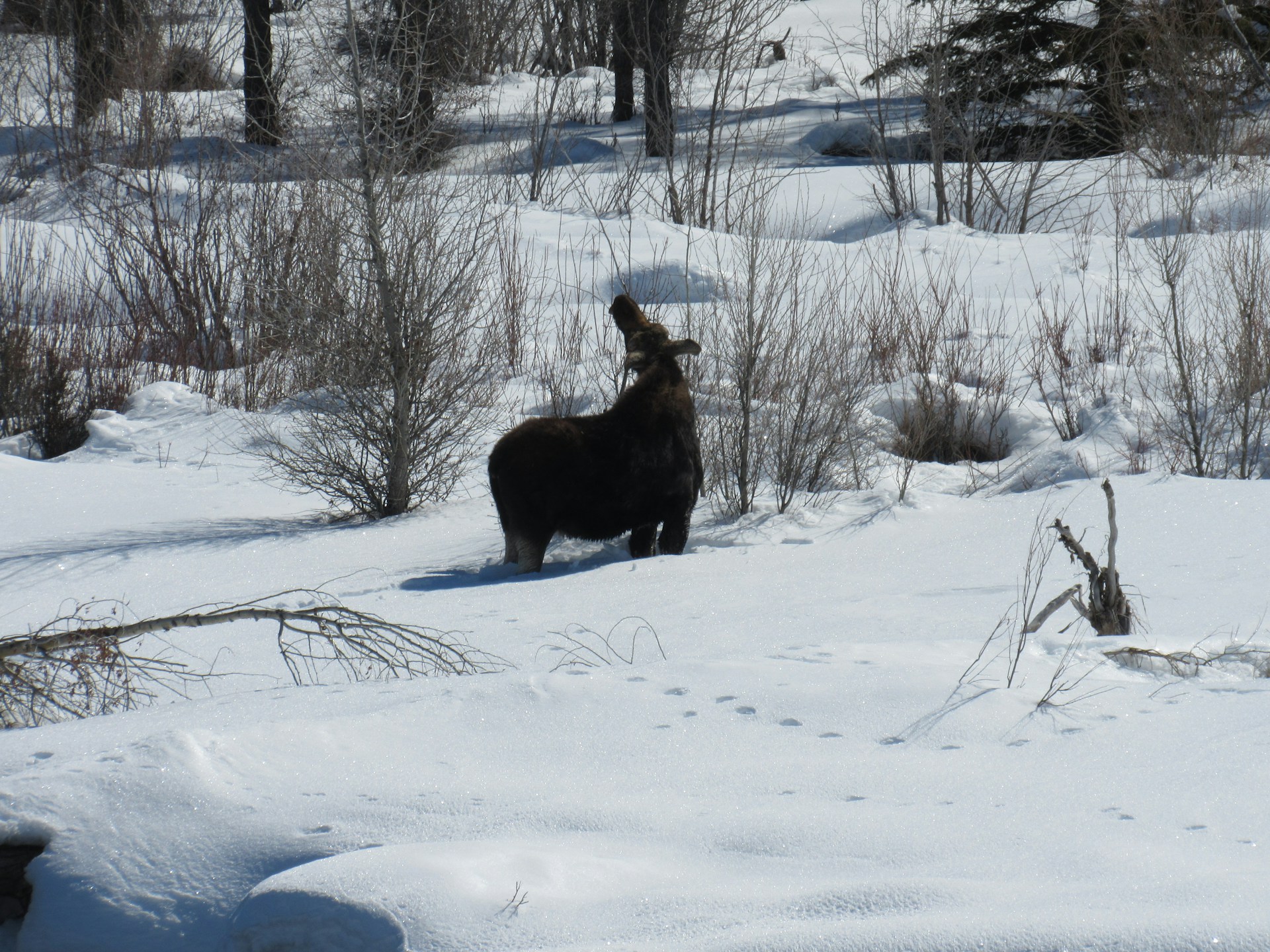
Mammal tracking is an art that combines observational skills, ecological knowledge, and a respectful approach to wildlife observation. It allows us to understand the behavior, habitat use, and even the health of mammalian species without the need for intrusive methods. This practice is invaluable for researchers, conservationists, and enthusiasts alike. In this comprehensive guide, we will explore the fundamentals of mammal tracking, including how to identify signs, interpret footprints, and follow trails ethically and effectively.
Cover photo by Judy Beth Morris
Understanding Mammalian Signs
Mammals leave behind a variety of signs that can be used to track their movements and behaviors. These signs include tracks, scats (droppings), burrows, nests, rubbing trees, scrapes, and other forms of substrate interaction. Each type of sign provides clues about the species’ identity, size, health, diet, social structure, and more.
Tracks and Gaits
Tracks are perhaps the most straightforward signs to interpret. Mammals have different walking patterns or gaits, which include a variety of locomotion styles such as walking bipedally, quadrupedally, hopping, or bounding. By understanding these gaits and the resulting tracks, we can identify the type of mammal and its size.
– Quadrupedal Tracks. Most terrestrial mammals walk on all fours, leaving behind sets of four tracks. The arrangement of these tracks can help identify the species. For example, dogs and wolves typically have a larger front paw print followed by a smaller hind paw print, while cats have a similar-sized track for both front and hind legs.
– Bipedal Tracks. Primates and some other mammals may leave behind bipedal tracks, which can be more challenging to identify as they resemble human footprints. Clues such as toe counts (primates typically have five toes on each foot) and the presence of opposable digits can aid in identification.
– Hopping or Bounding Tracks. Species like kangaroos and rabbits may leave behind tracks that show a single set of prints, with the hind prints often in front of the front prints due to their bounding gait.
Scats: A Window into Diet and Health
Scat analysis is another non-intrusive method used in mammal tracking. Scats contain undigested parts of the diet, which can reveal a lot about what an animal eats and its overall health. For example, the presence of berry seeds can indicate a fruit-based diet, while fur or feather fragments suggest a carnivorous diet.
To collect scats for analysis, use gloves to handle them, as they can harbor pathogens. Take note of the size, shape, texture, color, and any other distinguishing features. Snap a photo if you need to compare it later or if you must leave the site undisturbed.
Interpreting Other Signs
– Burrows and Nests. These can indicate the presence of mammals, their size, and whether they are solitary or social creatures. The architecture of a burrow can also suggest whether it is used for breeding, hibernating, or simply as a daytime retreat.
– Rubbing Trees and Scrapes. Many mammals mark their territory by rubbing their scent glands on trees or creating scrapes on the ground. These behaviors can be indicative of mating readiness or territorial defense.
– Scent Marking. Mammals like foxes and raccoons often mark their territory with urine or feces. These marks can help track their movement patterns and home ranges.
Ethical Considerations in Tracking
As we delve into the art of tracking, it’s crucial to maintain ethical standards to ensure the welfare of the mammals being observed. Here are some guidelines to follow:
– Minimal Disturbance. Always strive to observe from a distance and avoid disturbing the animal’s natural behavior.
– Respect Privacy. Never approach a den or nest, as this can lead to stress or abandonment by the animals.
– Use Binoculars and Cameras. These tools allow for closer observation without physical intrusion.
– Record and Leave. Take notes or photographs and leave the area as you found it to minimize your impact.
– Obtain Permits. If tracking occurs on protected lands, ensure you have all necessary permits to avoid legal repercussions.
– Respect Wildlife Laws. Never attempt to capture or handle wildlife unless you are a licensed professional.
Technology in Mammal Tracking
Advancements in technology have greatly enhanced the capabilities of mammal tracking enthusiasts and professionals alike.
– Trail Cameras. These cameras can be placed along known trails or near signs to capture images of mammals during your absence. They are a non-intrusive way to gather data on species presence, abundance, and activity patterns.
– GPS Tracking. GPS collars can be used to track the movements of mammals over larger distances and for longer periods. This data can inform conservation efforts and ecological studies.
– Smartphone Apps. There are various apps available that can help identify tracks and scats based on photographs uploaded by the user.
– DNA Sampling. Non-invasive genetic sampling, such as collecting hair or scat samples, can provide valuable information about genetic diversity and population genetics without harming the animals.
Mammal Tracking Techniques
To effectively track mammals, one must employ a combination of techniques that include:
– Systematic Searching. Methodically search an area using a grid or line transects to ensure thorough coverage.
– Transect Walks. Establish set paths or transects and walk them regularly to monitor changes in signs over time.
– Sign Interpretation. Learn to distinguish between different species based on the type, size, and arrangement of tracks and scats.
– Observation Skills. Practice observing details in the environment that may indicate mammal activity, such as vegetation disturbed by foraging or bedding sites.
Case Studies: Real-World Applications
Several case studies illustrate the practical applications of mammal tracking in various contexts:
1. Conservation Efforts. In Africa, tracking data has been crucial in conserving endangered species like elephants and rhinos. By understanding their movement patterns and home ranges, conservationists can implement strategies to protect these animals from poaching.
2. Population Monitoring. In North America, the monitoring of wolf packs has provided insights into their social dynamics and interactions with other predators and ungulate populations.
3. Habitat Restoration. In Australia, tracking evidence has guided efforts in restoring habitats for the benefit of mammals like the koala and the quokka, whose populations have been affected by human encroachment and natural disasters.
Conclusion
Mammal tracking is a multifaceted pursuit that combines keen observation skills with an understanding of animal behavior and ecology. By following footprints and interpreting signs without intrusion, we can learn about the lives of mammals and work towards their conservation. It’s a practice that requires patience, respect for nature, and a commitment to ethical wildlife observation. With the integration of technology and scientific methods, mammal tracking continues to evolve, offering endless opportunities for discovery and learning. Whether you are a researcher, a conservationist, or an enthusiast, understanding the subtleties of mammal tracking can provide a deeper connection with the natural world and help ensure its preservation for future generations.


